Motorola Razr 2022 invites you into the fold
The Motorola Razr 2022 is a fully featured smartphone that just happens to fit in any pocket. Has Motorola cracked the art of viable folding devices?
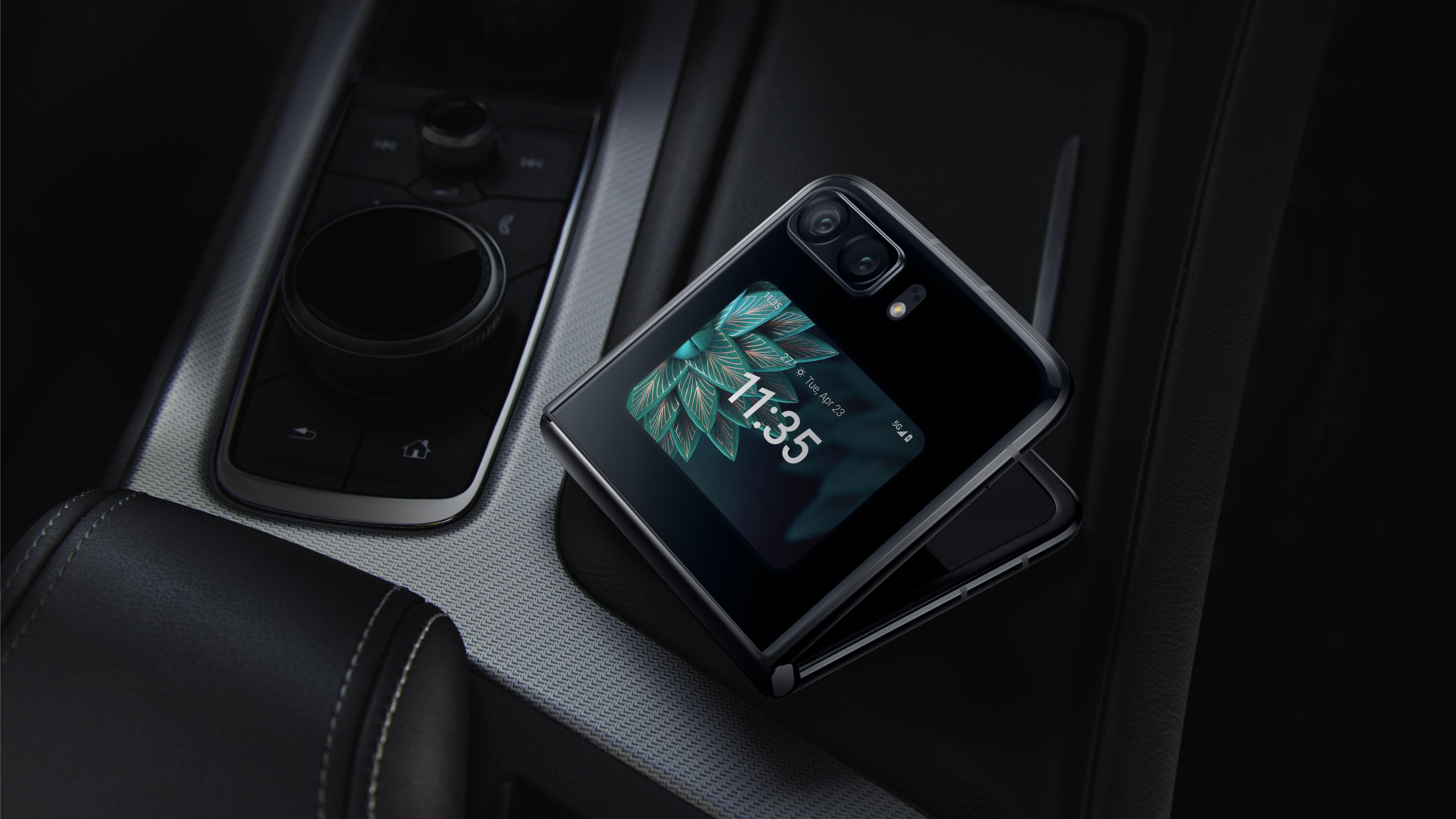
How different do you want to be? That seems to be the only relevant question when it comes to modern smartphones. The new Motorola Razr 2022 is a flagship device from a company that pioneered mobile telephony, innovated in device design, and then spectacularly lost its way.
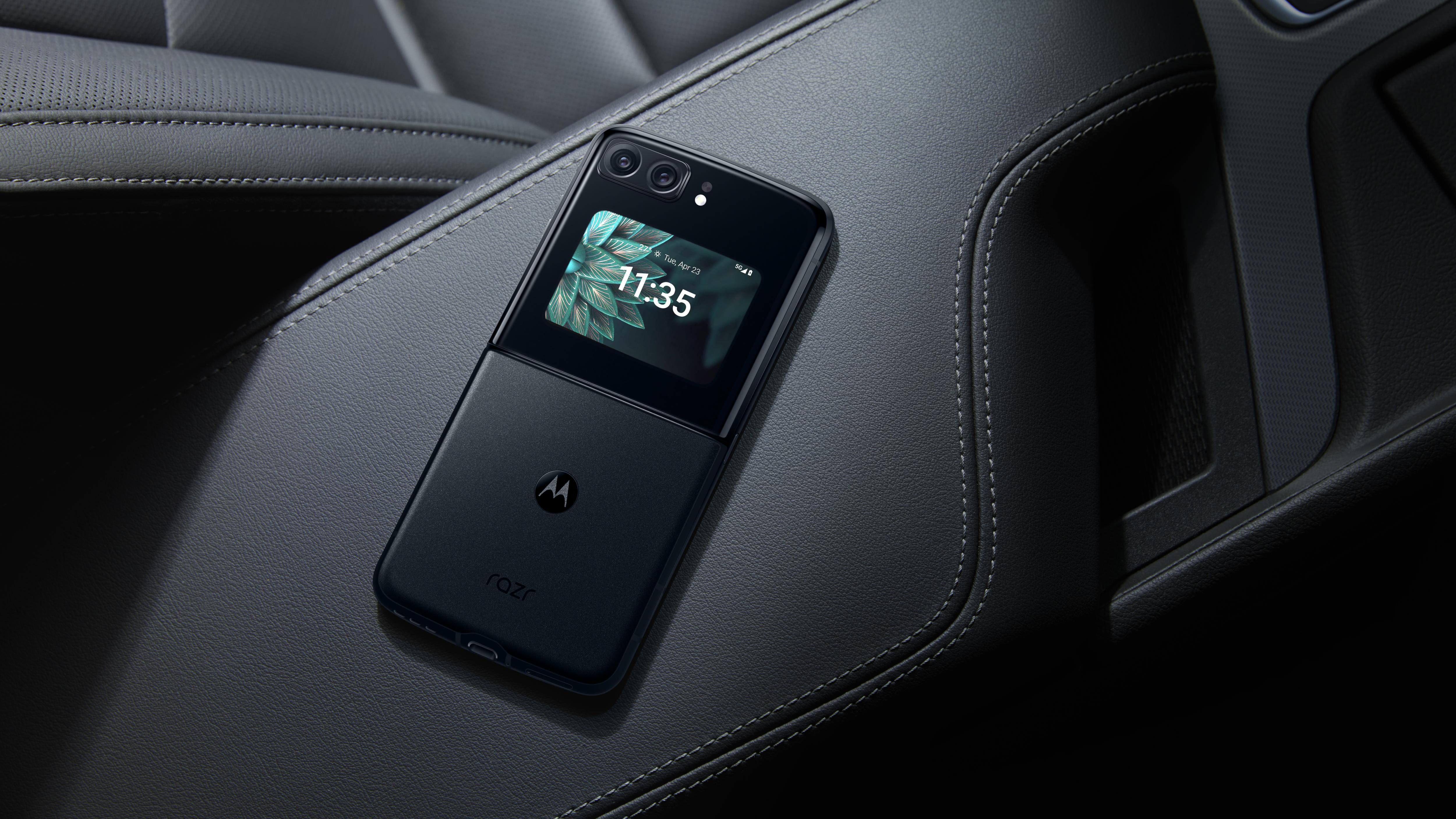
Motorola is back. Smaller, lighter, cheaper and sleeker than the first revival of the name back at the start of the decade, the Razr 2022 marks the point where folding screen technology finally joins the mainstream, rather than being an expensive gimmick.
The ultra-thin flexible glass has a clever central hinge that allows the two halves of the screen to sit fully flush with each other when closed, leaving only a faint, invisible ridge when open.
Motorola Razr 2022: pleasingly different
The Razr comes with an impressive spec list. The two main cameras are 50- and 30-megapixel, the latter offering an ultrawide setting, while the front-facing camera is 32-megapixels. Set the hinge at 90 degrees, place the phone on a desk, and you have a compact video conferencing system. The fold is also useful for creating a tripod or for transforming the Razr into a desktop or bedside alarm clock.
Apps can be split across the fold for multitasking – messaging while watching a video, for example.
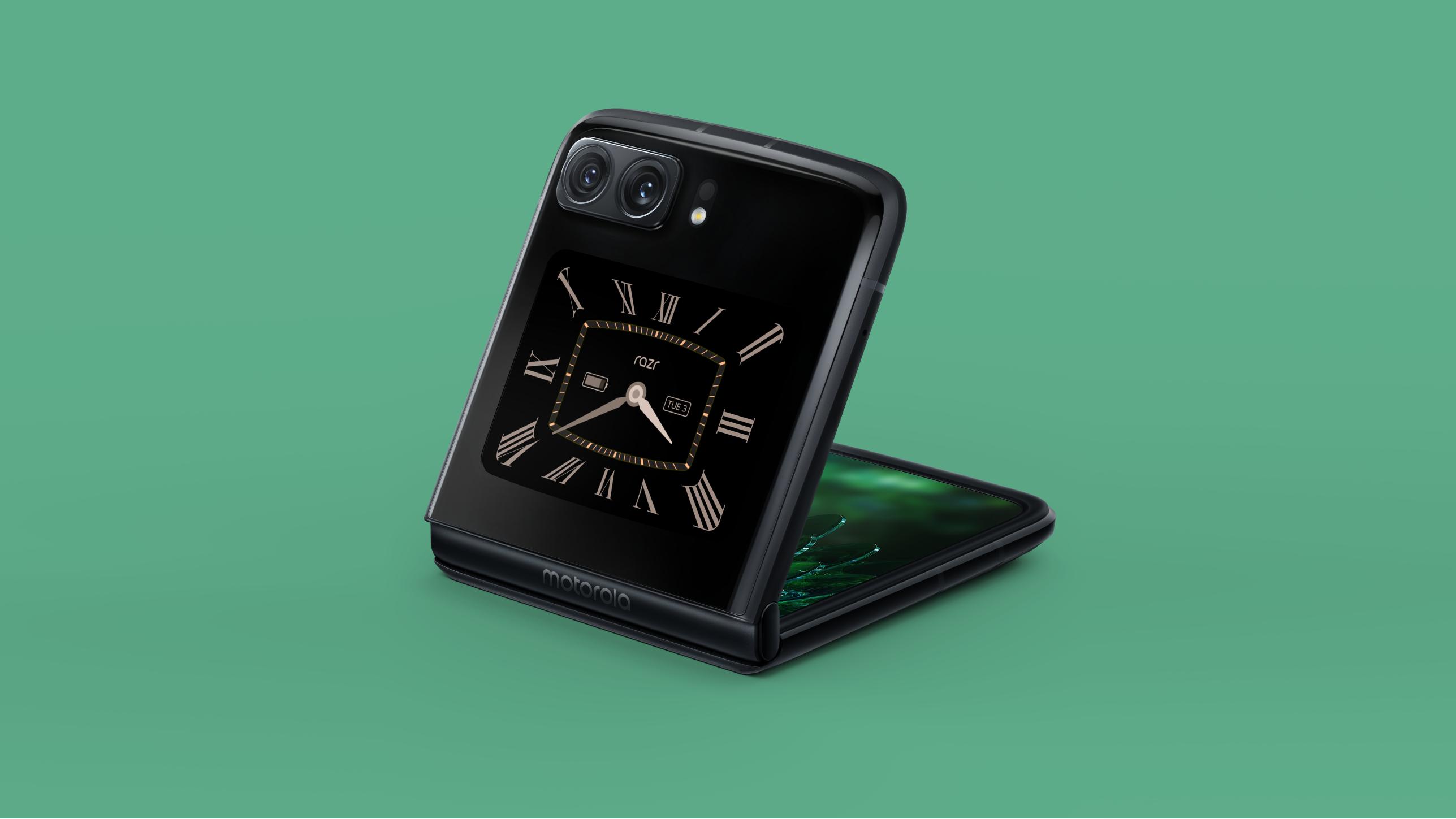
Under the skin is a Qualcomm Snapdragon processor that offers more speed and efficiency than the previous model. When unfolded, the Razr’s main screen is comparable in size to the ‘plus’ and ‘pro’ versions of key smartphones like the Pixel 7 and iPhone 14. The Razr’s advantage, of course, is that it folds up into half the size of these slab-like devices.
The Razr also incorporates a special gesture control system, which uses the internal accelerometers to translate movement into useful actions, regardless of whether the phone is open or closed. These include turning the torch on and launching the camera.
Wallpaper* Newsletter
Receive our daily digest of inspiration, escapism and design stories from around the world direct to your inbox.

The customisable Quick View display gives you instant access to key functions like notifications, the camera, and so on, as well as Spotify controls, Google Maps, and others.
It's pleasingly different to have this phone in your pocket. There’s a welcome psychological barrier in having a device that you need to open and close. It stops you being distracted by digital delights that are usually just a swipe away for regular smartphone users by focusing you on the task in hand.
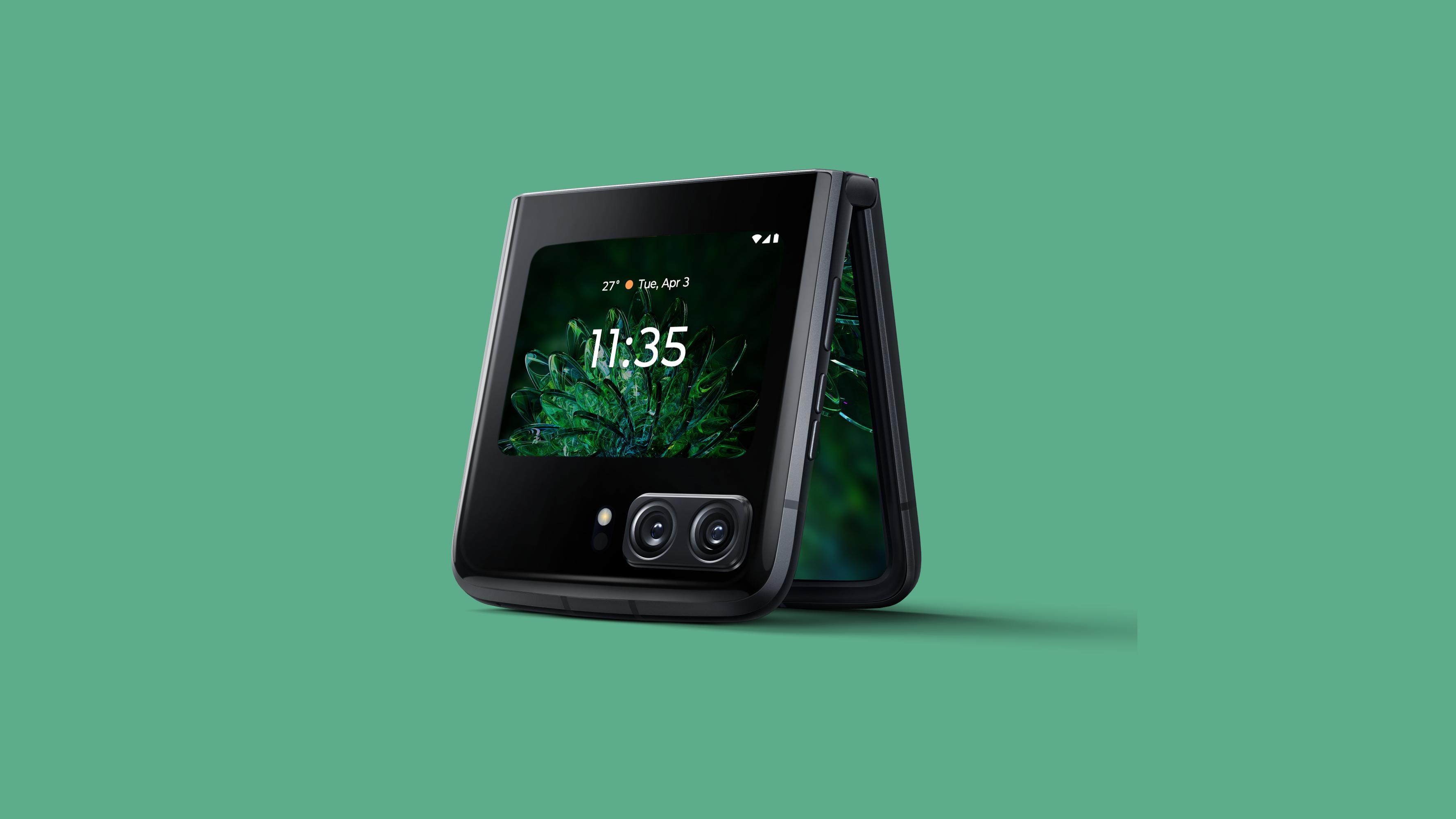
Founded in 1928, Motorola made its name with the invention of the first in-car radio, before later branching out into hand-held walkie-talkies, TV sets, and even equipment for Nasa’s moon programme.
Motorola led the way in mobile phone technology and handsets, from the brick-like DynaTAC Series in the early 1980s, through to the StarTAC models that debuted in the mid-1990s and introduced the idea of flip phones to the masses.
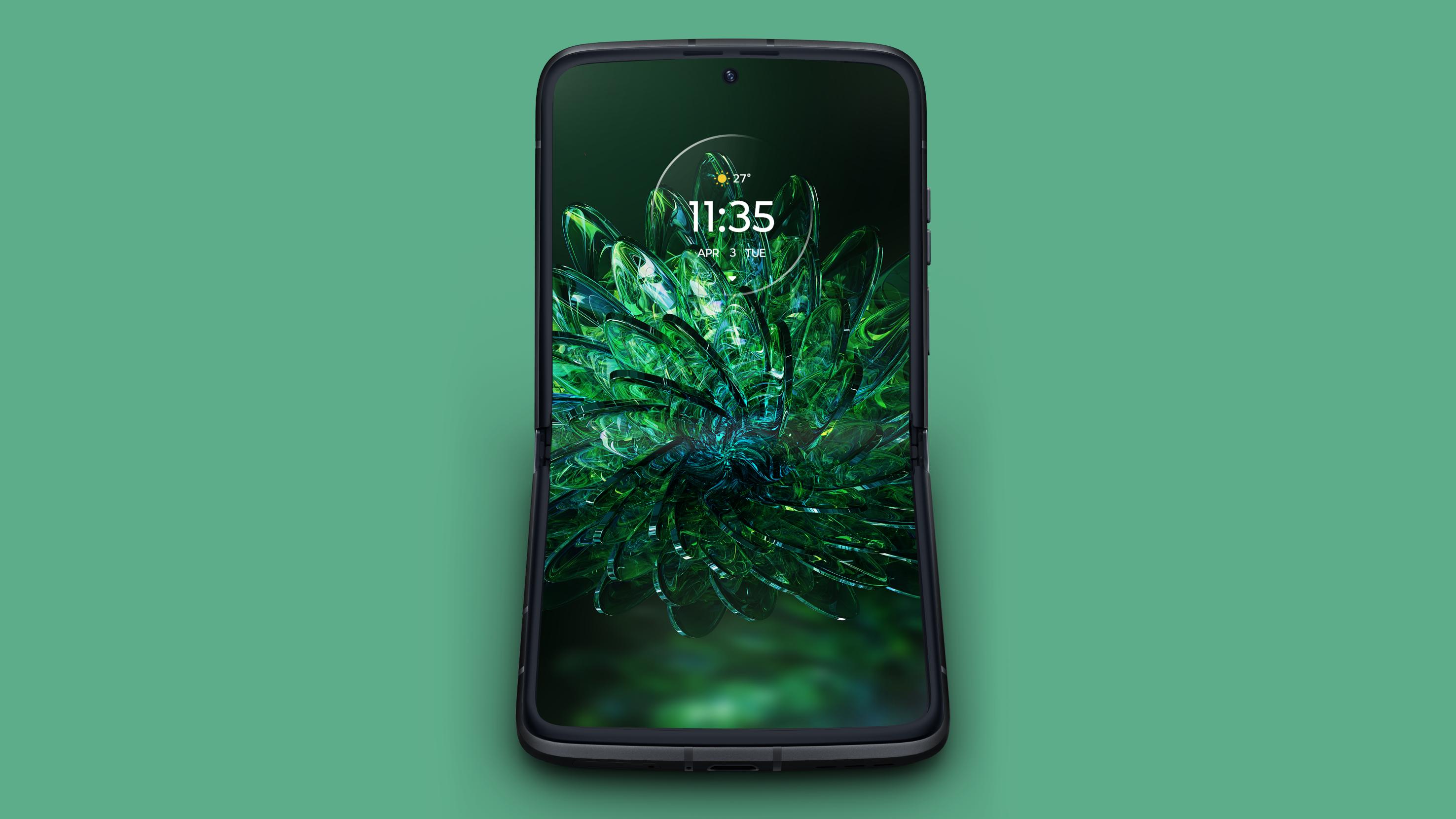
The original Razr surfaced in 2003, back when all sorts of eclectic form factors were jostling for supremacy in a phone market still focused on buttons, downloadable ringtones, and 2G.
It was a colossal success, perhaps too much so, selling over 100 million units and making so much money that it distracted Motorola from investing in technologies like 3G and touchscreens that were coming down the road.
In 2011, it launched the Droid Razr, a slender but conventional smartphone with a diamond-cut aluminium chassis. It was too little, too late. Motorola was overtaken by others, notably Nokia, LG, and Samsung, and the company was split in two, with more traditional business-focused telecoms gear overseen by Motorola Solutions and its phone division handled by Motorola Mobility.
The latter was then sold to Google for $12bn in 2011, primarily so the American search giant could bolster its portfolio of smartphone patents for its fast-growing Android OS. Google retained the patents when it sold the company to Lenovo in 2014 for nearly $3bn.
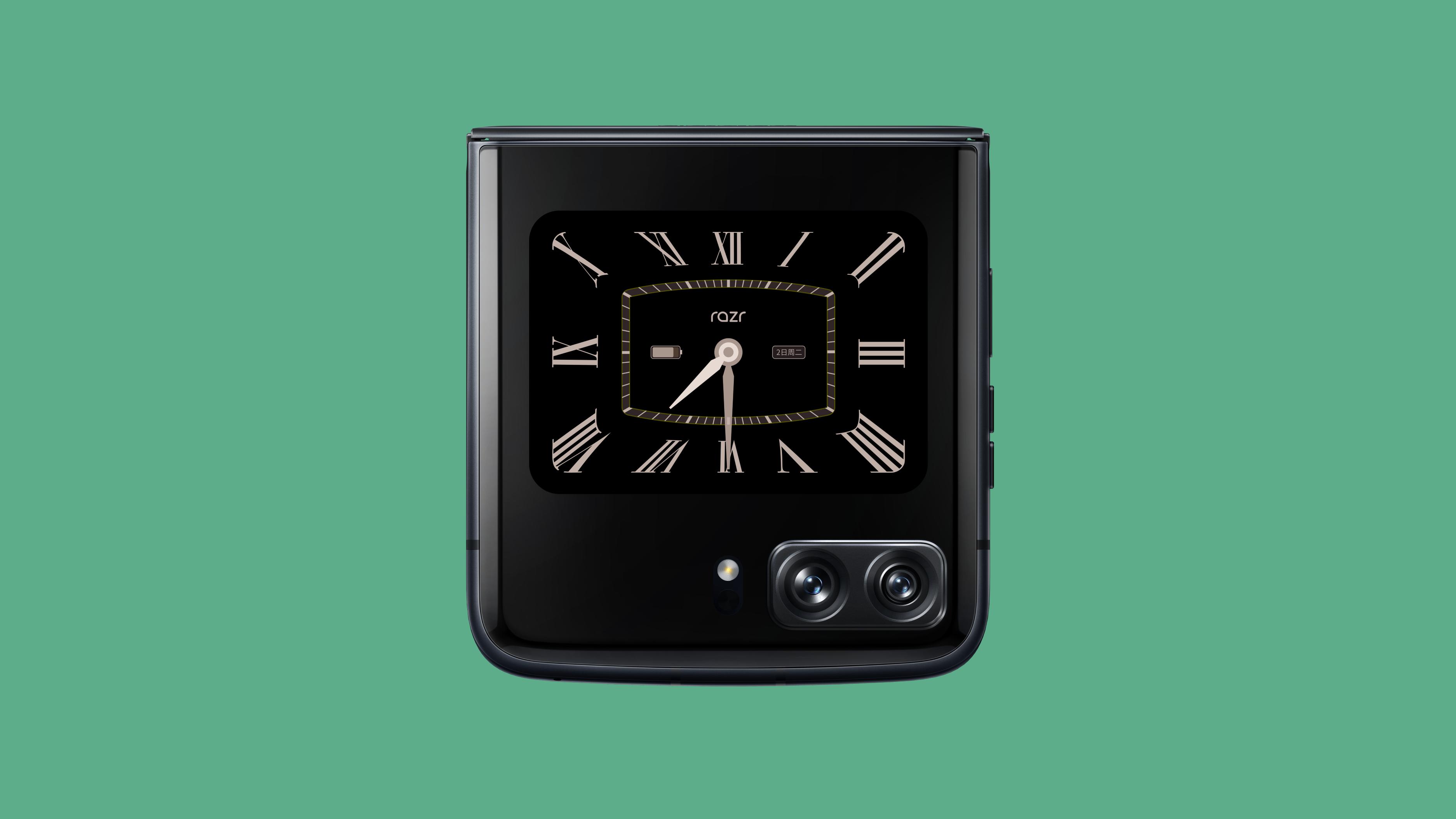
The Chinese tech brand has a canny ability to snap up American tech at the bottom of a sales curve – Lenovo acquired IBM’s ailing PC division in 2005 and turned itself into the world’s biggest PC manufacturer, selling nearly 25 per cent of the world’s PCs in 2021.
Can it do the same thing for mobile phones? The Razr 2022 is the flagship device for a range of conventional, mid-range smartphones that might otherwise struggle for recognition in a crowded market. Nevertheless, the Razr is a great alternative to the status quo. It might work just like a high-end smartphone, but the ability to fold your screen away is often a blessed relief.
Motorola Razr 2022, £949.99
Jonathan Bell has written for Wallpaper* magazine since 1999, covering everything from architecture and transport design to books, tech and graphic design. He is now the magazine’s Transport and Technology Editor. Jonathan has written and edited 15 books, including Concept Car Design, 21st Century House, and The New Modern House. He is also the host of Wallpaper’s first podcast.
-
 Put these emerging artists on your radar
Put these emerging artists on your radarThis crop of six new talents is poised to shake up the art world. Get to know them now
By Tianna Williams
-
 Dining at Pyrá feels like a Mediterranean kiss on both cheeks
Dining at Pyrá feels like a Mediterranean kiss on both cheeksDesigned by House of Dré, this Lonsdale Road addition dishes up an enticing fusion of Greek and Spanish cooking
By Sofia de la Cruz
-
 Creased, crumpled: S/S 2025 menswear is about clothes that have ‘lived a life’
Creased, crumpled: S/S 2025 menswear is about clothes that have ‘lived a life’The S/S 2025 menswear collections see designers embrace the creased and the crumpled, conjuring a mood of laidback languor that ran through the season – captured here by photographer Steve Harnacke and stylist Nicola Neri for Wallpaper*
By Jack Moss